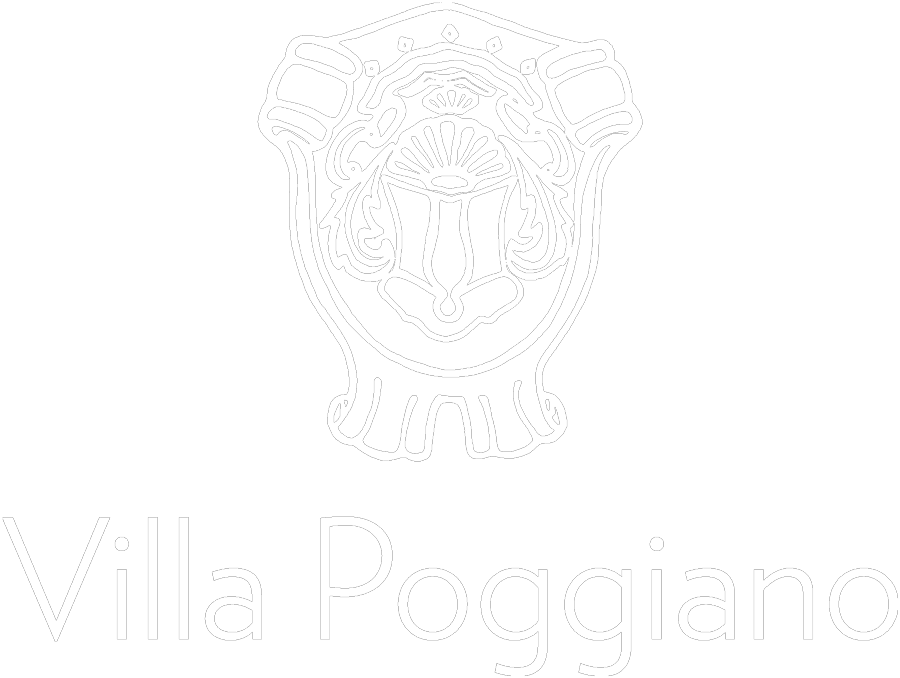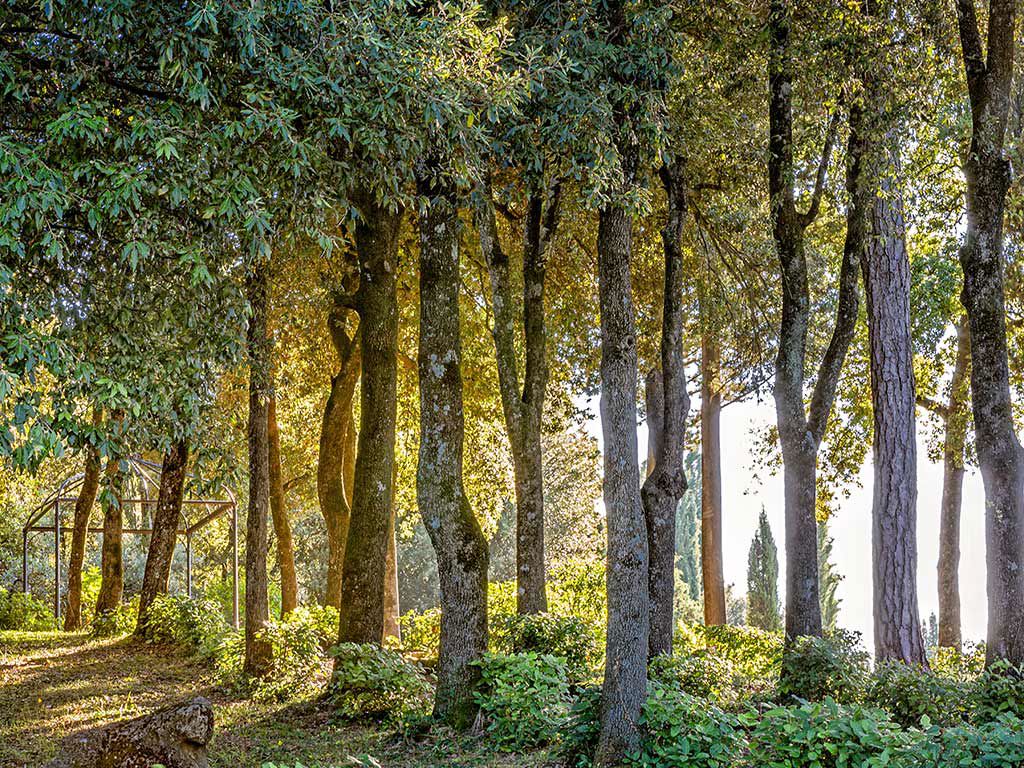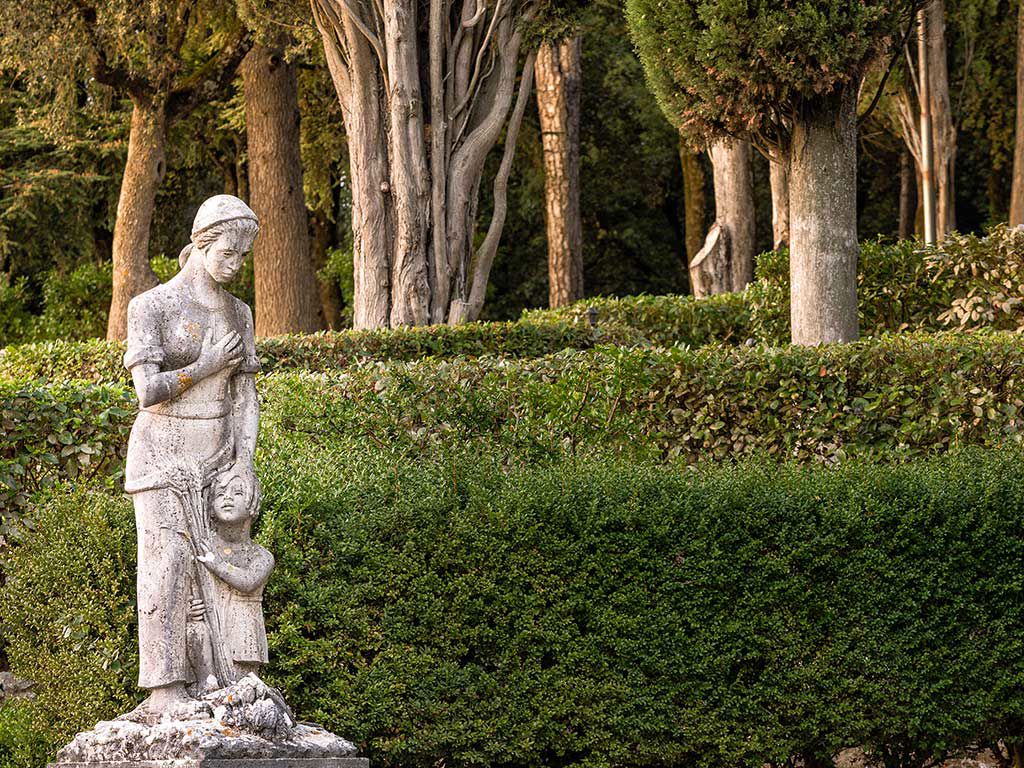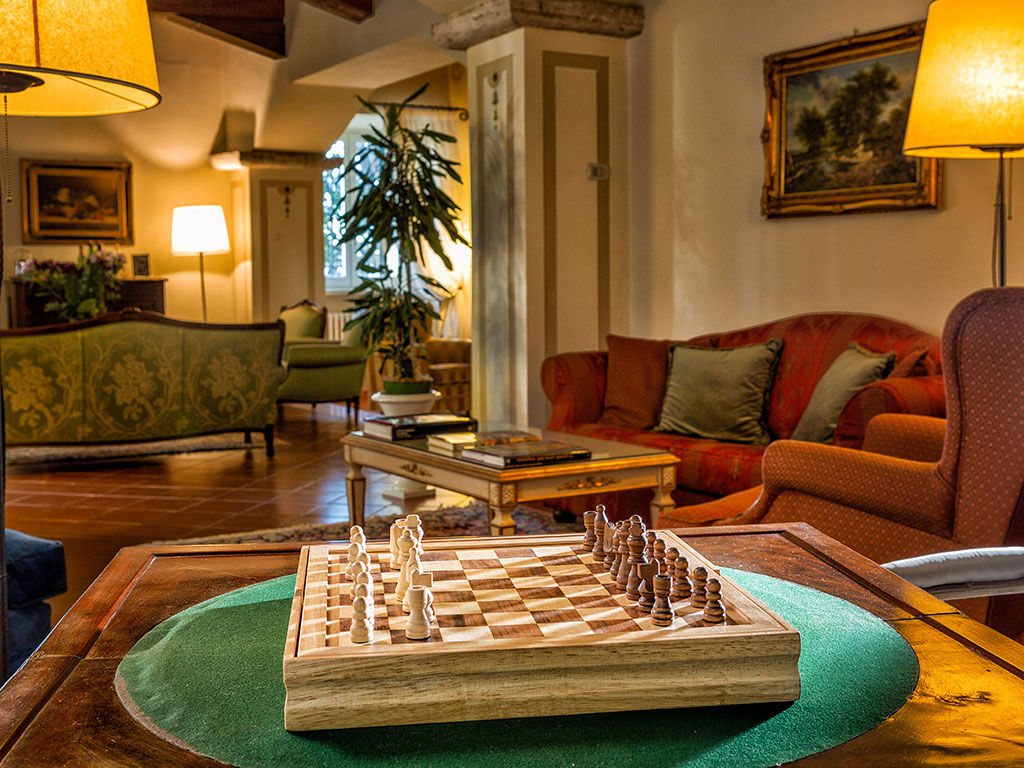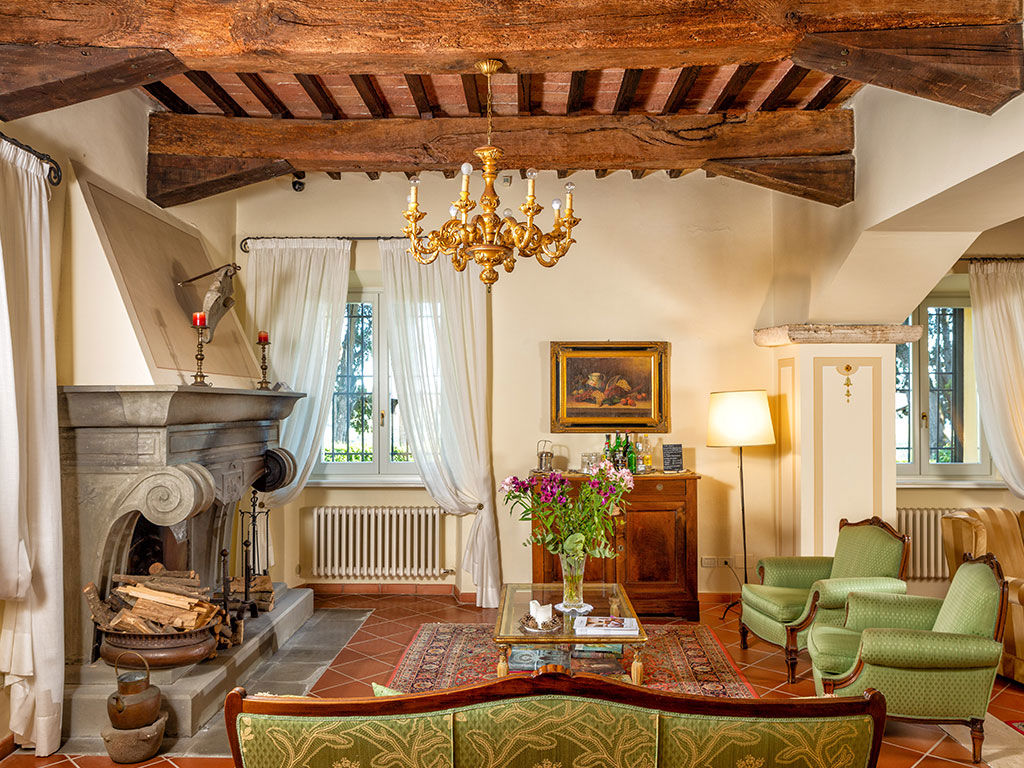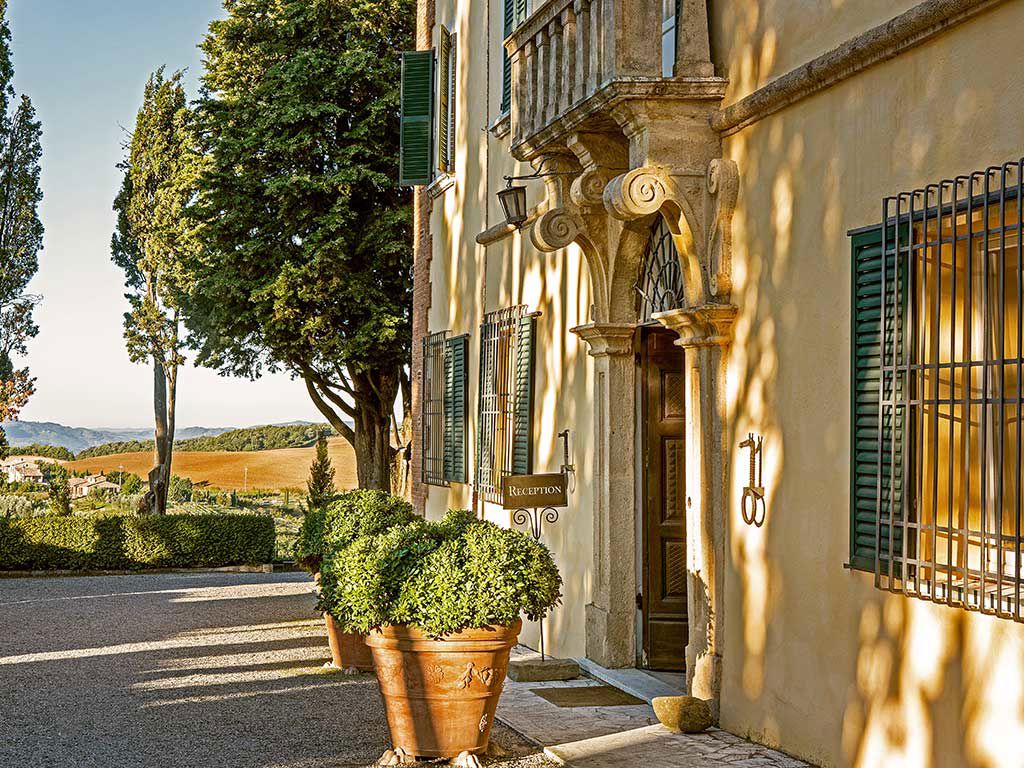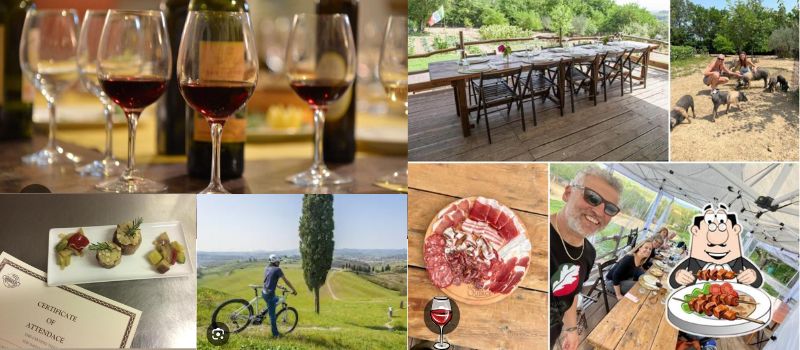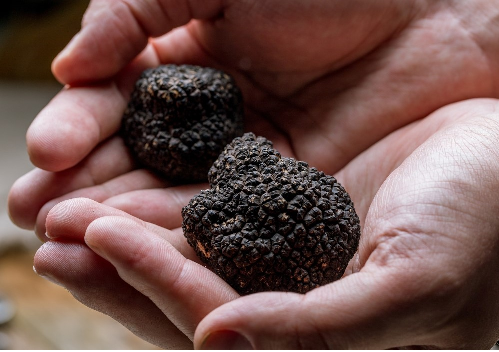History
Built in the 18th century as a summer house, the villa belonged to the noble Gagnoni family of Siena. Old maps show that the house was called Villa Gagnoni and its property consisted of 200 hectares of land, producing both wine and olive oil.
Documents recording the transfer of ownership from the Gagnoni family have yet to be located, but it is known that a German general by the name of Helmke purchased the villa at the beginning of the 20th century and lived there until the end of World War II. The local townspeople nicknamed the house the “Villa del Tedesco,” the German’s villa, and to many, it is still remembered by that name. Passionate about the villa and the serene landscape surrounding it, General Helmke did much to preserve and enhance its beauty. He was responsible for building the pool and fountain, and adding the statuary and travertine tables in the garden, thus creating a strong, neoclassical style.
As a high-ranking official in the German Army, General Helmke entertained many important people, both military and civilian, during this period. Evidence of this was later discovered in the attic where a stash of old German newspapers, photographs and autographs had been hidden. Forced to return to his defeated homeland at the end of the war, General Helmke left his beloved villa for good. Unfortunately, the house and grounds fell victim to the feverish, anti-nazi sentiment of the local people, who inflicted a lot of damage on the “German’s Villa”, destroying and removing much of its ornamental statuary and vases. In the following years, the house passed from one owner to the next, but was used only as a summer residence and little was done to preserve it.
When the Savini Family purchased the property, it was nearly abandoned and in a state of almost total decline. The house was completely empty, the garden and the park were overgrown, the pool destroyed, invaded by weeds and shrubs, and a refuge for frogs and snakes. The Savini family members suffer from an affliction, affectionately known as “la malattia del mattone,” brick fever. Those who have this disorder have an insatiable desire to breathe new life into old things. The restoration of the house took two years, and another six months for the pool. In 2003 they opened the villa for guests as an inn. During the winters, when the villa was closed to guests, they continued the renovation of the other building, previously used for wine production and storage. Step by step they renovated and converted it into bedrooms, suites. The renovation was finished at the end of 2008.
The Savini family members faced the many challenges of restoration with enthusiasm and love, not just for a structure of impressive beauty and history, but also as a place to call home. “Villa Poggiano is not a hotel,” Stefania Savini emphasizes, “but a home we wish to share with guests to our beautiful Montepulciano area, where life is simple, the silence magical, and the daily pattern of one’s days follows the time-honored rhythms of nature. These are some of the memories that I hope my guests will take away with them.”



